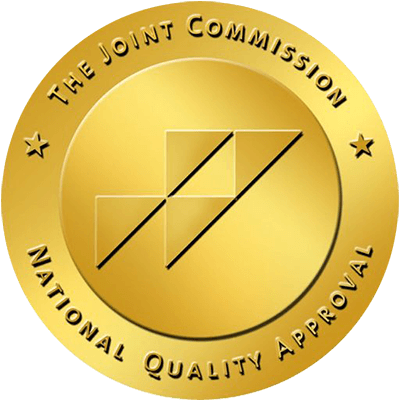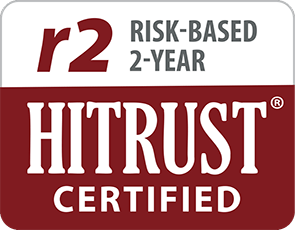Written by Ashley Kane,
Brightside Health
5 Minute Read
What is SAD?
Seasonal affective disorder (SAD) is a type of depression that’s related to changes in seasons — SAD begins and ends at about the same times every year. If you’re like most people with SAD, your symptoms start in the fall and continue into the winter months, sapping your energy and messing with your mood.
What are the symptoms of SAD?
Since SAD is a subtype of depression, SAD symptoms are the same as the symptoms of Major Depressive Disorder (MDD). However, these symptoms only occur seasonally and typically during the late fall and winter months.
Symptoms of Major Depressive Disorder:
- Feeling depressed most of the day, nearly every day
- Feeling hopeless or worthless
- Having low energy
- Losing interest in activities you once enjoyed
- Having problems with sleep
- Experiencing changes in your appetite or weight
- Feeling sluggish or agitated
- Lack of sexual energy (libido)
- Having difficulty concentrating
- Having frequent thoughts of death or suicide
In addition to the symptoms of MDD, Season-specific symptoms of SAD can also include:
- Hypersomnia (excessive sleepiness or drowsiness)
- Overeating
- Weight gain
- Craving for carbohydrates
- Social withdrawal or you feel like “hibernating”
What causes SAD?
The exact cause of SAD is unknown, but research points to decreased exposure to daylight as the main contributor. Sunlight exposure stimulates the hypothalamus, a part of the brain that helps control your circadian rhythm. Lack of light throws the circadian rhythm off, which can cause the brain to produce too much melatonin and release less serotonin. The result leaves many people feeling low and lethargic.
Additionally, several attributes may increase your risk of SAD. They include:
- Being female: SAD is diagnosed four times more often in women than in men.
- Living far from the equator: The National Institute of Mental Health (NIMH) suggests that living farther from the equator can increase the risk of developing SAD. People who live in places where the days are much shorter in winter are more susceptible.
- Family history: People with a family history of other types of depression are more likely to develop SAD than people who do not have a family history of depression.
- Being young: Younger adults have a higher risk of SAD than older adults, usually starting between ages 18 and 30.
- Having depression or bipolar disorder: SAD is more common in people with major depressive disorder or bipolar disorder. Depressive symptoms may worsen seasonally if you have one of these conditions.
When to seek help for SAD
It’s normal to have some days when you feel down. But when symptoms enter the moderate to severe range and begin to interfere with social and occupational functioning it may be time to seek professional help. If you are unsure where on the range your symptoms fall, taking a free online evaluation can help figure out the best immediate next step. Brightside offers one on our website for free.
How is SAD diagnosed?
Recognizing a seasonal pattern is the key to an accurate diagnosis. Symptoms usually begin in October or November and subside in March or April. If you believe you may have a seasonal depressive pattern, it’s essential to pay attention to it. Track your symptoms, noting when they begin and when they go away. This self-awareness can help with an accurate diagnosis. Mental health professionals will ask you about your observations and your family history since mood disorders tend to have a genetic component.
How is SAD treated?
There are three major types of treatment for SAD that may be used alone or in combination with the others:
Medication
Selective Serotonin Reuptake Inhibitors (SSRIs) are used to treat the symptoms of SAD. As with other medications, there are side effects to SSRIs. Talk to your doctor about the possible risks of using this medication for your mental health condition. You may need to try several different antidepressant medications before finding the one that improves your symptoms without causing side effects. For more information on antidepressants, check out our post 7 Common Myths and Misconceptions About Antidepressants.
Light Therapy
The idea behind light therapy is to supplement the natural light of fall and winter using daily exposure to bright, artificial light indoors. Using a lightbox within the first hour of waking has proven to be effective. It’s important to speak with a healthcare professional regarding light therapy before using a light box, but it should deliver 10,000 lux of light and emit as little UV light as possible. 20-30min per day is the recommended dose, at a distance of 2 feet, with eyes open but not looking directly at the light.
Therapy (CBT-SAD)
Cognitive behavioral therapy (CBT) is a type of treatment that has been shown to be effective in treating SAD. Traditional cognitive behavioral therapy techniques have been adapted for use with SAD (CBT-SAD). CBT-SAD relies on CBT’s basic techniques, such as identifying negative thoughts and replacing them with more positive thoughts. CBT-SAD also incorporates a technique called behavioral activation. Behavioral activation seeks to help someone identify engaging and pleasurable activities, whether indoors or outdoors, to improve coping during the winter months.
Sources:
- https://www.nimh.nih.gov/health/topics/seasonal-affective-disorder/index.shtml
- https://www.nami.org/About-Mental-Illness/Mental-Health-Conditions/Depression/Major-Depressive-Disorder-with-a-Seasonal-Pattern
- https://psychcentral.com/depression/depressive-disorder-with-seasonal-onset/
- https://www.mayoclinic.org/diseases-conditions/seasonal-affective-disorder/symptoms-causes/syc-20364651













